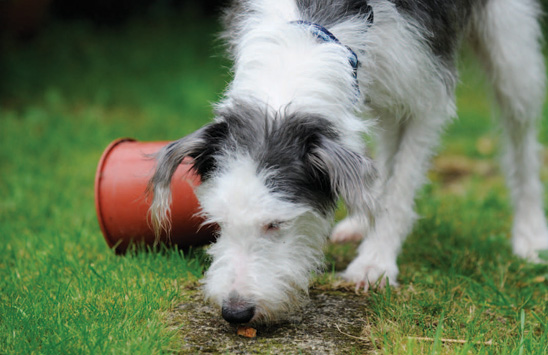
Effective communication is really required to make him obedient and also make him realize that what you want him to do and don’ts. Do you want others to comment like “What an obedient dog”! Then start follow below 20 obedient training tips immediately.
20 IMPORTANT TIPS TO MAKE AN OBEDIENT DOG
1. You must start your dog obedience training when he’s puppy. So that you can have an effective communication with him when he becomes an adult dog.2. Puppies are clueless. They are new to your house. It’s your responsibility to make him comfortable. Start his puppy training when you think he’s ready. Some of the training you should start with : Noise Training, Walk Training,Socialization Training.
3. Basically dogs are smart and lovable. But they go out of the rules when they are happy. So make house rules like don’t allow him on your couch, do not bark in the house, no access near the dining table and much more. Take your time to teach him from the beginning.
4. Follow basic Puppy Training Advice to stop struggling to make him listen your voice.
5. Obedience comes with bit of fear. Meaning of this statement never implies to be rough with your dog but make him realize that your his master. This can be done by being gentle and close with him.
6. Basic obedient commands like ‘Sit’,’Stand’,’Come’ can be easy to achieve when you treat him every time he does that. Make your voice and sound familiar. Make your command simple and be patient until you see the results.
7. Most dogs willing to perform commands to earn your attention and love. So make a list of commands you would like to teach him . Start one by one. Shake hands , hand lick(kiss), roll over, fetch and retrieve are the valuable commands you should teach your dog.
8. Do not worry that your lacking in knowledge on How to train your dog , How to make him obedient. It’s simple when you do small home work. Refer the below articles regarding dog training.
9. You may get the outstanding obedience results by avoiding these 5 mistakes dog owners commonly make.
10. Obedience will not com by restriction . So make the training fun and allow him to be freedom. By the time they learn your basic commands , they are already familiar with who’s the master and whom should they obey.
11. Do not worry about your dog’s age. Be late than never. Would you like to teach him a new trick , the best time is Right Now. Dog’s behavior is constantly changing . Today a well behaved dog may not be the same tomorrow. So it’s never late to train him.
12. Are you a business man or a person who’ve never had a time to do above mentioned tips! Then Enroll in a local dog obedience training class. Then you can directly see the best outcomes , also you would be able to teach him something with less effort.
13. Do you want your dog to be obedient in your car? If you suddenly want him to behave normal in your car , you will be disappointed. You should have start those commands long back when he was young and energetic. Do not drive and practice at the same time.Practice it while the car is parked or when it’s driving by someone else.
14. Keep the dog obedience training session short and sweet. It will be boring for anybody including dogs when you make it tedious and lengthy sessions.
15.”Heel”,”Down Stay”,”Sit-Stay”,”Go find the ball”,”Go get the leash” are the most effective commands which will help your dog not to interrupt your daily routines.For an instance “Heel” from the bedroom to bathroom. “Down Stay” while your brushing your teeth. “Sit-Stay” while you have your breakfast. “Go find the ball” while you get dressed.
16. Rewards are boosters. Never forget to reward him for his good behavior. The more times he is rewarded , the quicker he will learn.
17. Avoid reprimands while training. Most dogs will face reprimands fro their owners. It’s unnecessary. Instead of reprimand , show him the right way when does something wrong.
18. Be interactive. No dog will listen to you when you suddenly appears and ask him to obey your commands. Make a natural bond by talking with him. Often go out with him. Consider him during your morning walk and jog. Some times allow him to be with you than the extra time he used to be.
19. Socialization training is very important for well behaviors. Bring him to the places where he can see many other dogs like him and let him mingle with other dogs and people. This will refreshment activity for his mind also avoid him being isolated in home.
20. Make use of the internet. Youtube is one medium where you can get all your doubts clarified with visual representation. Watch some useful videos to make it more easier on obedient dog training.



























